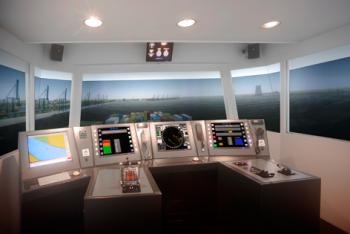Probleemstelling:
International shipping transports most of the world’s goods. Its contribution to pollutant and greenhouse gas emissions is steadily rising.
Most of the ocean-going ships are powered by huge two-stroke, crosshead engines, fuelled with heavy fuel oil. Steps are being taken to reduce the pollutant emissions from these ships, through emission standards imposed by the International Maritime Organisation (IMO), cleaning up the fuel (e.g. reducing the sulphur content) and developments in the engine and aftertreatment technologies.
The two-stroke engines are produced by a handful of companies, making it hard to get access to detailed data about their operation, in particular at conditions outside of the reported nominal operation. This is an issue because when ships approach harbours, and thus mostly densely populated areas, manoeuvring operations are needed during which the engine is operating way outside the nominal conditions. Hence, it is difficult to assess the impact on local air quality. Furthermore, knowledge about the engine response at these conditions is also important for setting up ship simulators for pilot training.
The Transport Technology and Maritime Technology research groups are joining forces to tackle these issues.


